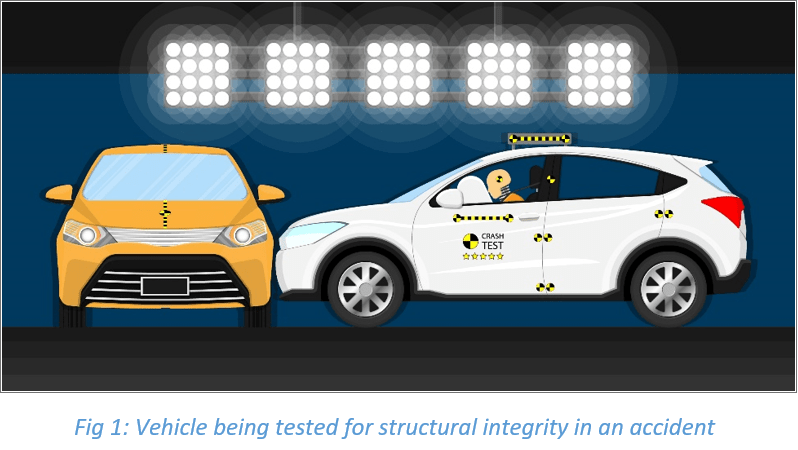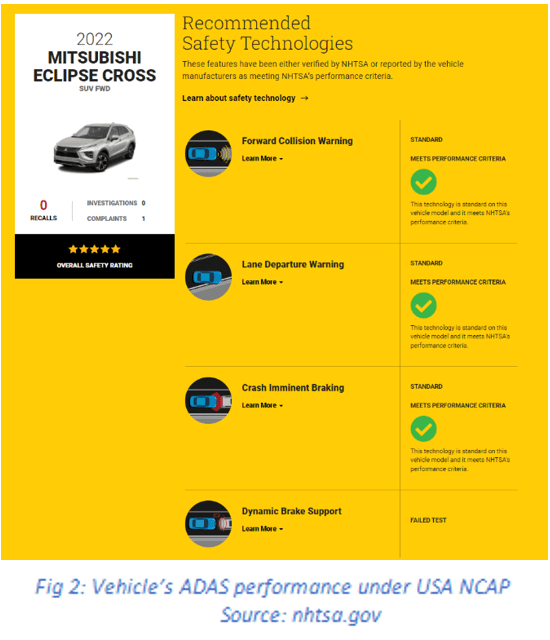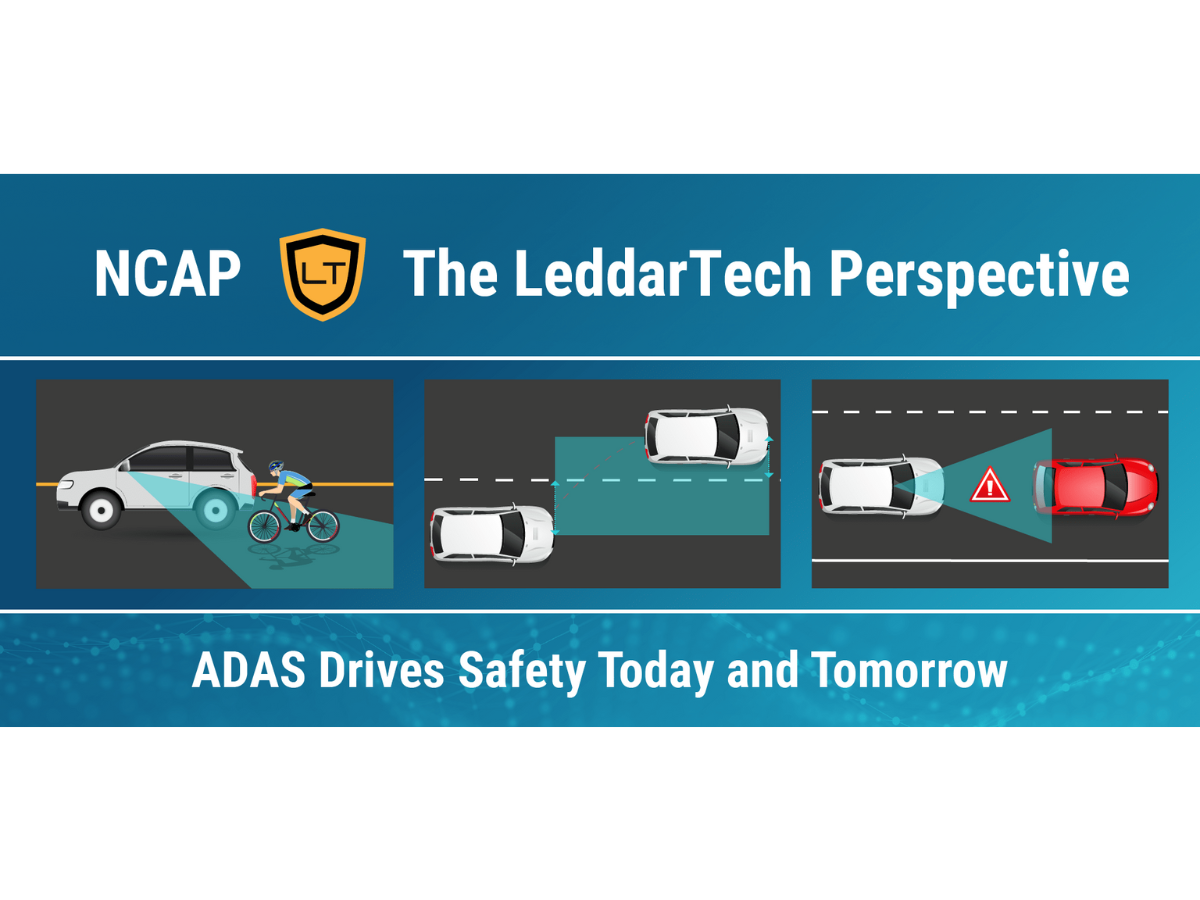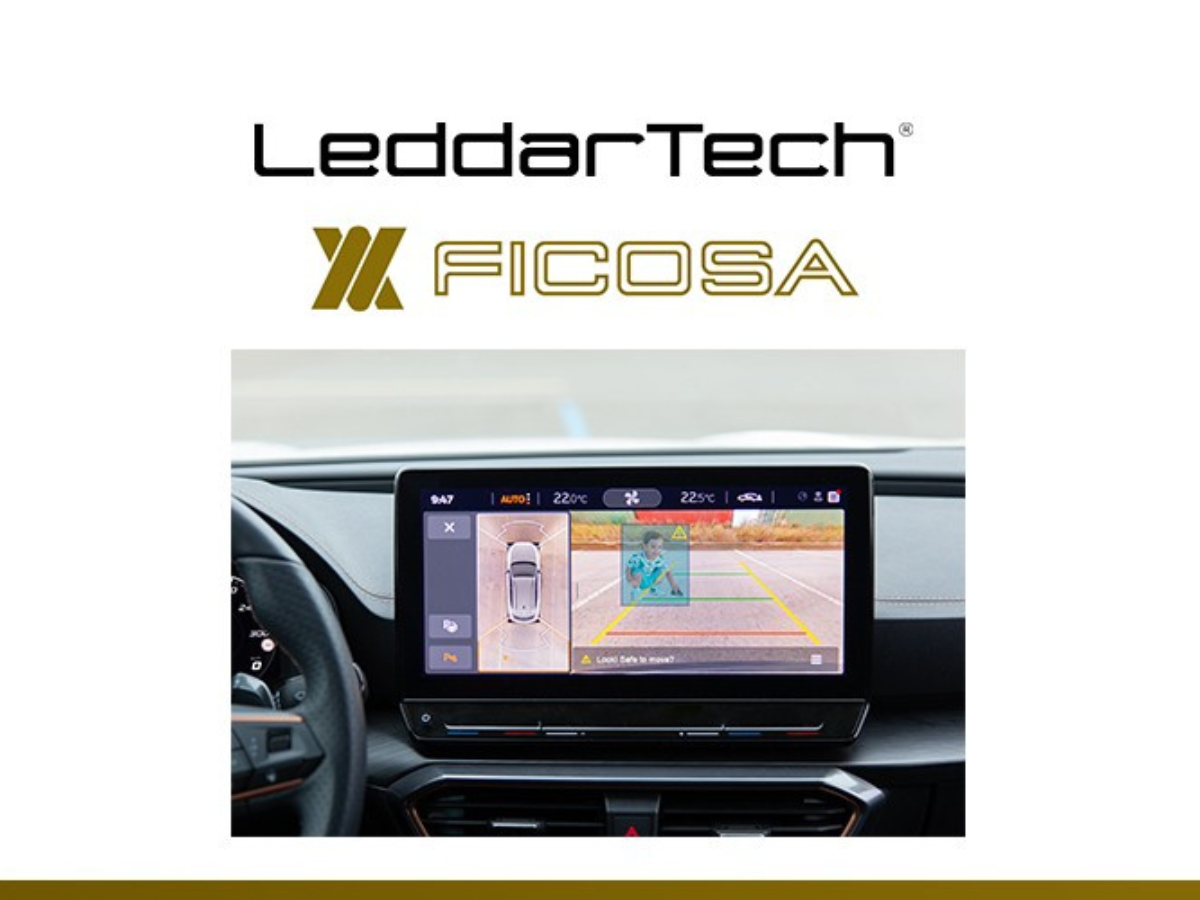Raw Data Sensor Fusion and Perception For NCAP That Drives Road Safety – Part 1

This blog introduces the reader to new car assessment programs (NCAP), the role it plays in enabling road safety, and the various NCAP programs across the world. The note specifically examines how the US and Europe have embraced technology in their new car assessment programs. It seeks to highlight the growing importance of automated driver assistance systems (ADAS) in providing safety to road users and highlights the shift in approach to safety from accident protection to accident avoidance.
The second edition of this blog introduces the reader to the complexity of testing requirements that vehicles must go through for their ADAS technologies to rank well in NCAP testing and the challenges they face. The second edition also explains the role that sensor fusion and perception systems play in enabling safe and reliable ADAS and how LeddarTech’s raw data sensor fusion and perception software solution enables OEMs and Tier 1s to exceed NCAP performance requirements while being a sensor-agnostic, scalable, flexible, and cost-effective solution.
The Previous Era of Accident Protection – Structural Integrity and Vehicle Mechanics
Historically, road safety has been driven by innovations such as airbags, seat belts, increased robustness of the vehicle frame, and increased vehicle stability. A new car assessment program tests new vehicles that enter the market on a variety of factors and awards a score or a rating to a vehicle based on how well it has performed against those assessment tests. The better the performance, the better the rating. NCAP testing involves not only the mechanical and structural integrity of vehicles upon impact but also their ability to avoid rollovers and crashes.
Structural integrity tests consist of side impact tests, rear-end crashes, and head-on frontal crash tests among others. Rollover resistance tests measure the ability of a vehicle to protect its occupants in the event of a vehicle rollover are another example of tests that vehicles must go through prior to release to the market. Such structural integrity and vehicle stability tests are a significant component of NCAP testing are will continue to remain so.
Moving from Accident Protection to Accident Avoidance
While structural integrity and vehicle stability are and will remain a critical part of NCAP, technology will lead the next advancements in road safety. ADAS features will power the next stage in enabling safer roads and reducing accidents, injuries, and fatalities. This next leap in safety is marked by a shift from accident protection to an accident avoidance mindset and the pillar of these technological changes is sensor fusion and perception technology that has enabled automated driver assistance systems (ADAS) such as blind spot warning, lane departure warning, and forward collision warning. Great leaps in fusion and perception technology have enabled the development and testing of ADAS in new car assessment programs across the world.
In total, there are 12 new car assessment programs across the world each catering to its specific region and needs. NCAP programs across the world are at different levels of maturity regarding ADAS adoption. Leading ADAS adoptions are US NCAP and Euro NCAP, with both regions bringing updates to their assessment programs. Europe is poised to witness new NCAP regulations coming in 2025 that cover even more ADAS features in addition to the ones already included in the program. Similarly, the USA is also poised to revamp its new car assessment program to widen ADAS testing.
ADAS in NCAP
Some of the ADAS technologies that are currently a part of new car assessment programs are adaptive cruise control, lane support system, and automated emergency braking system for Euro NCAP and forward collision warning, dynamic brake support, crash imminent braking, and lane departure warning for USA NCAP.

In Early 2022, the National Highway Traffic Safety Administration (NHTSA) proposed updates to its new car assessment program. It provided the rationale behind these proposed updates explaining how many lives and serious injuries could be avoided by engaging ADAS features on the vehicle and tightening testing criteria for ADAS features. This trend of increased ADAS adoption, testing criteria tightening, and subjecting vehicles to more varied tests will accelerate putting more demands on sensor fusion and perception software stack. A perception software stack that’s scalable (to enable future ADAS feature development), high-performing, sensor agnostic (to incorporate radar, LiDAR, camera, ultrasonic), and cost-effective will be key to delivering strong results for OEMs and Tier 1 during NCAP testing.

With a view to enhancing safety and making roads safer, LeddarTech welcomes the proposed changes and goes so far as to recommend making vulnerable road users such as bicyclists, motorcycles, and pedestrians a key element of its ADAS-driven NCAP changes. LeddarTech is excited to see the proposed inclusion of Pedestrian AEB in US NCAP and would welcome expanding the program to cover additional scenarios and use cases.
This article was originally published by LeddarTech.















